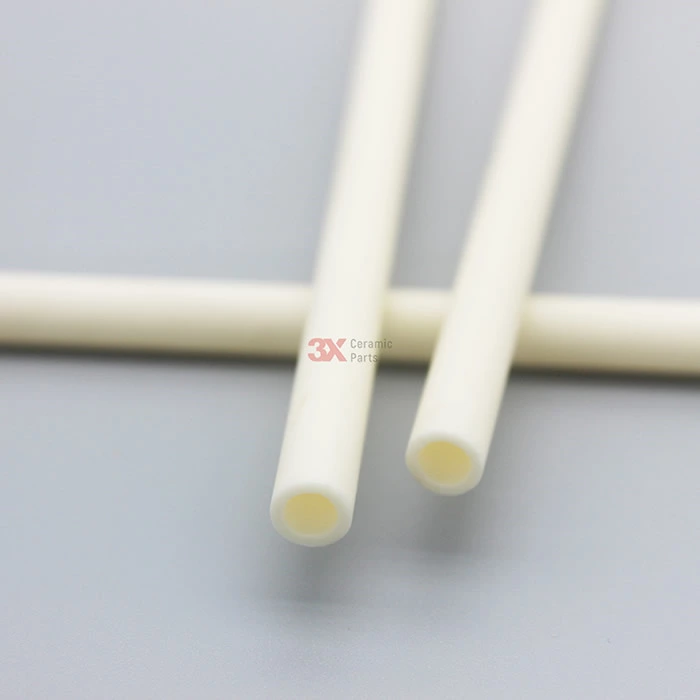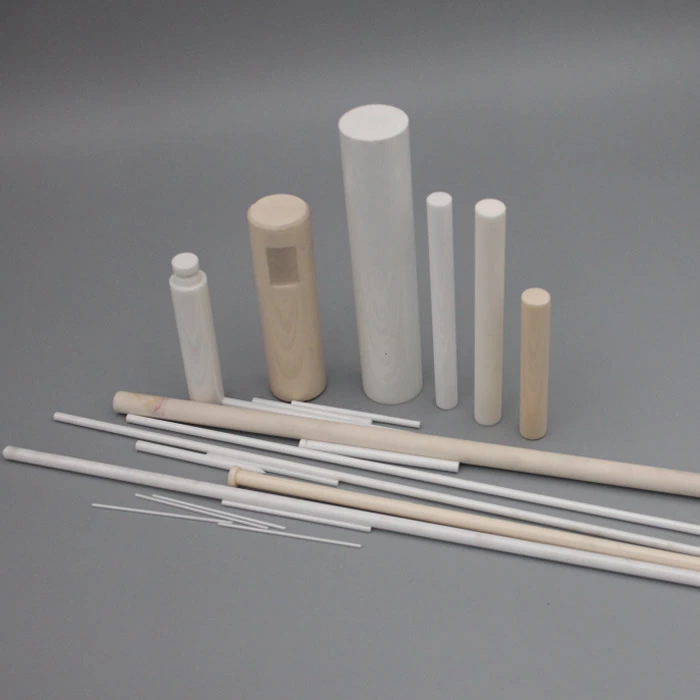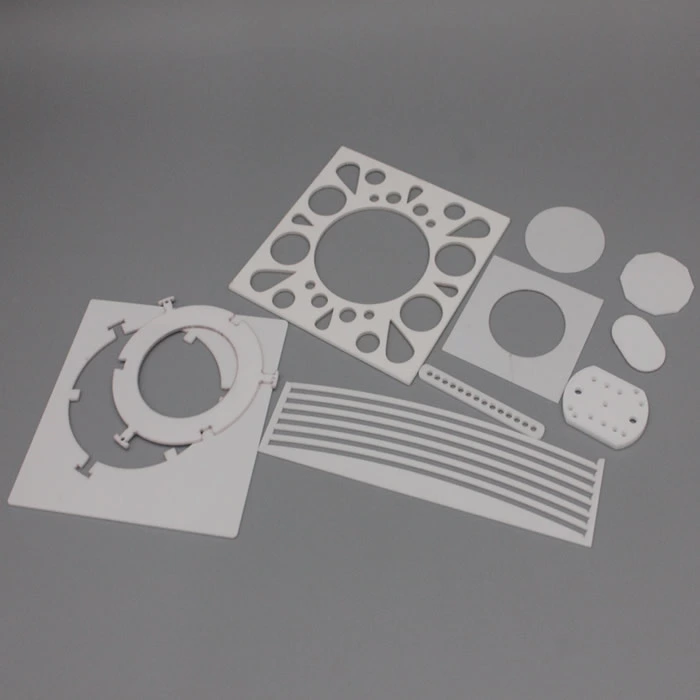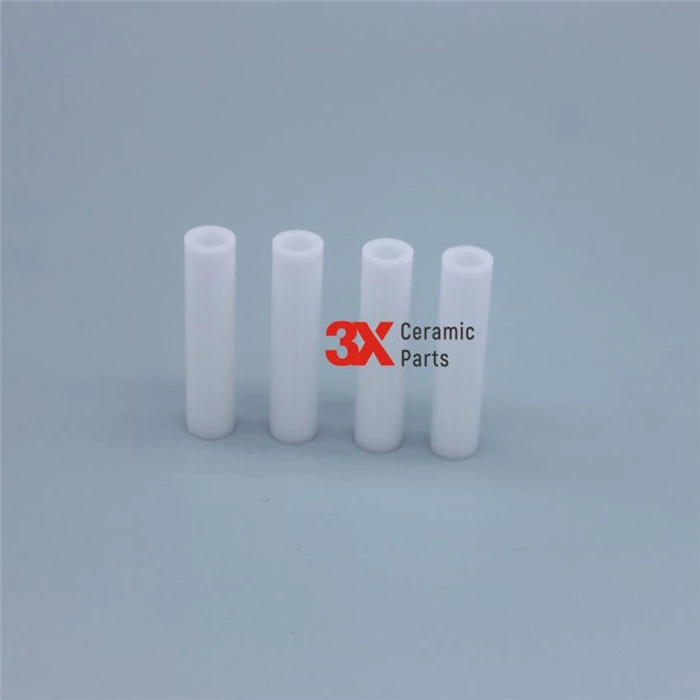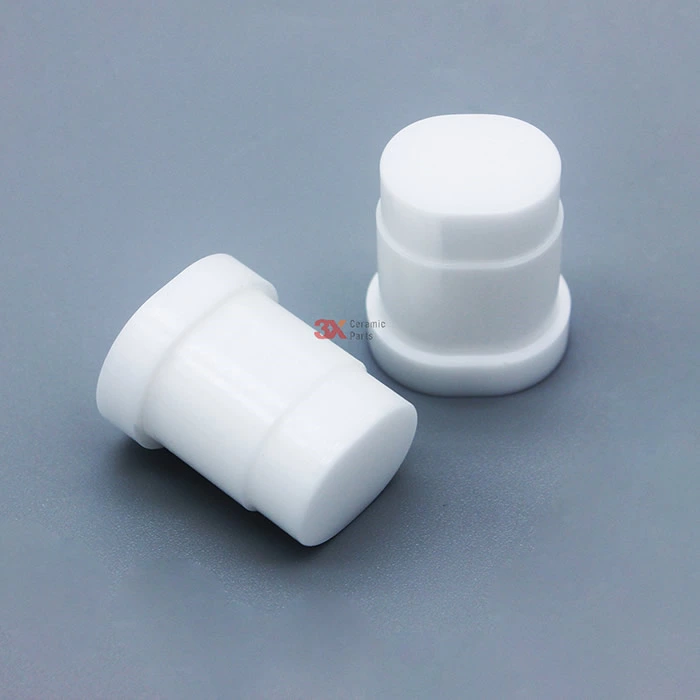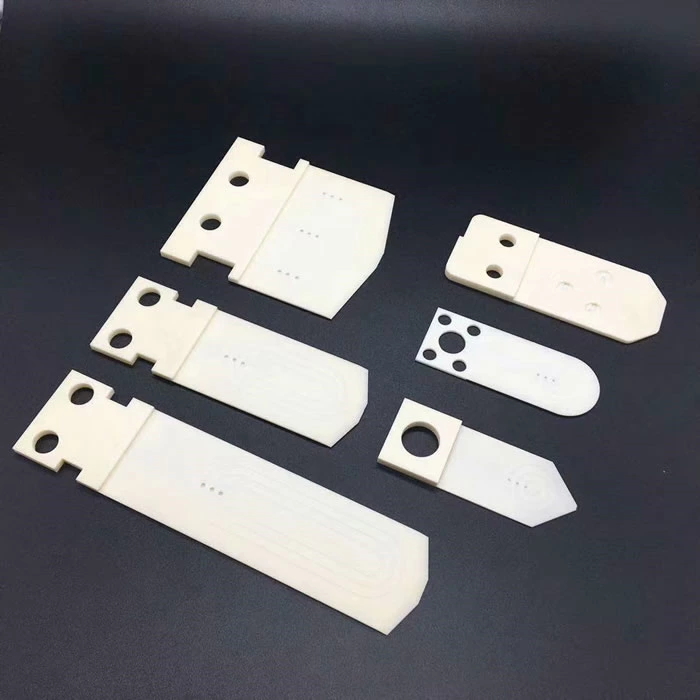Polishing Capabilites
When the ceramic plane is processed to a certain degree of finish, the surface will be particularly smooth and beautiful, just like a mirror surface. Some ceramic plate ceramic rods made of zirconia ceramics can be polished to a large degree of finish. The most comprehensive polishing will be introduced below.
Common polishing methods and working principle
Mechanical polishing
Mechanical polishing is a polishing method that removes the convex surface of the surface of the workpiece by cutting or plastically deforming the surface of the material to obtain a smooth surface. Generally, oil stone strips, wool wheels, sandpaper, etc. are used, which are mainly manual operations, and the surface quality requirements are high. Super fine grinding method. Ultra-fine grinding and polishing is a special-purpose grinding tool. In the polishing liquid containing abrasive, it is pressed against the machined surface to perform high-speed rotary motion. With this technology, the surface roughness of Ra0.008 μm can be achieved, which is the best surface roughness in various polishing methods. This method is often used in optical lens molds. Mechanical polishing is the main method of mold polishing.
Flat Polishing Machine

Drum polishing machine

2. Chemical polishing
Chemical polishing is a process in which a material in a chemical medium causes a slightly convex portion of the surface to preferentially dissolve, thereby obtaining a smooth surface. The method can polish a workpiece with a complicated shape, and can polish many workpieces at the same time, and has high efficiency. The surface roughness obtained by chemical polishing is generally Ra10 μm.
3. Electro polishing
The basic principle of electropolishing is the same as chemical polishing, which is to selectively dissolve the surface of the material to make the surface smooth. Compared with chemical polishing, it can eliminate the influence of the cathode reaction and has a good effect.
4. Ultrasonic polishing
Ultrasonic polishing is a processing method that uses a tool section for ultrasonic vibration to polish a brittle hard material through an abrasive suspension. The workpiece is placed in an abrasive suspension and placed together in an ultrasonic field, and the abrasive is ground and polished on the surface of the workpiece by the action of ultrasonic waves. Ultrasonic machining has a small macroscopic force and does not cause deformation of the workpiece, but it is difficult to manufacture and install the tooling.
5. Fluid polishing
Fluid polishing relies on flowing liquid and the abrasive particles it carries to wash the surface of the workpiece for polishing purposes. Hydrodynamic grinding is driven by hydraulics. The medium is mainly made of a special compound (polymeric substance) that flows at a lower pressure and is incorporated into an abrasive. The abrasive can be made of silicon carbide powder.
6. Magnetic grinding and polishing
Magnetic grinding and polishing is the use of a magnetic abrasive to form an abrasive brush under the action of a magnetic field to grind the workpiece. This method has high processing efficiency, good quality and easy control of processing conditions. With a suitable abrasive, the surface roughness of the machine can reach Ra 0.1 μm.
7. Electric spark ultrasonic composite polishing
In order to improve the polishing speed of the workpiece with a surface roughness Ra of 1.6 μm or more, the ultrasonic wave is combined with a dedicated high-frequency narrow pulse high-peak current pulse power source for composite polishing, and the ultrasonic vibration and the electric pulse corrosion simultaneously act on the surface of the workpiece to rapidly reduce The surface roughness, which is effective for polishing the rough surface of the mold after machining by car, milling, electric spark and wire cutting, is very effective.
Surface Roughness we could reach for zirconia substrates after polished
AIN substrate mirror polished surface could reach Ra 0.02um



